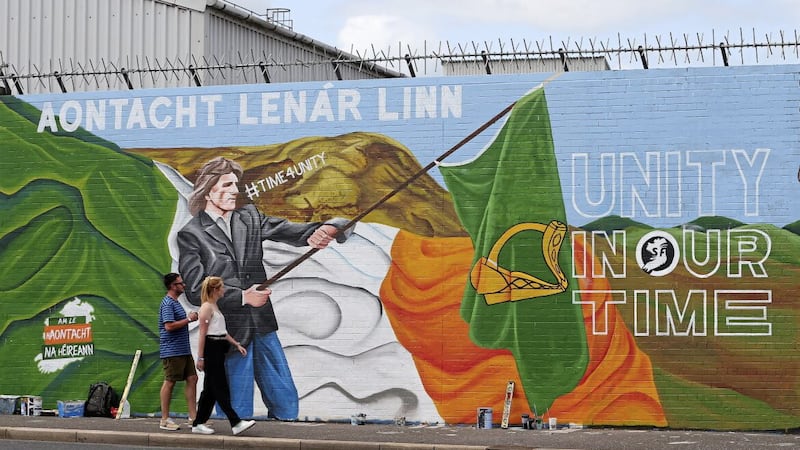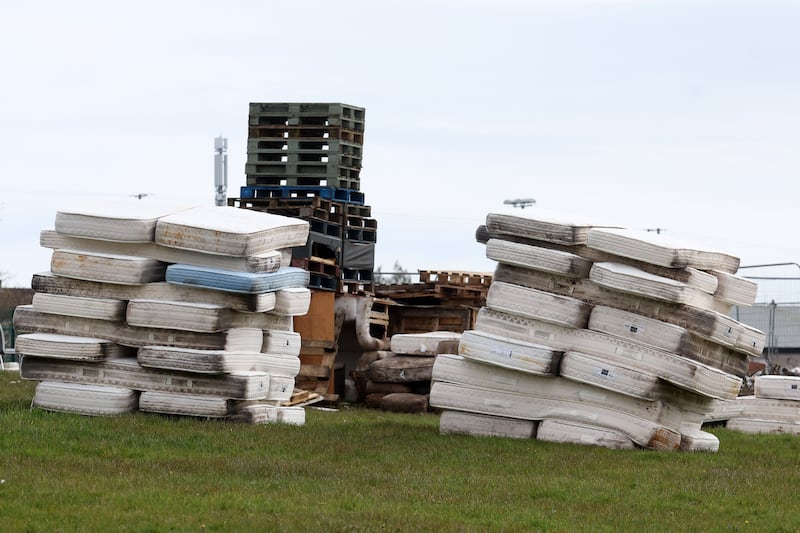Before the restoration of Stormont, there was a widely-held recognition that vast sums of money would be needed to bring many of our public services up to the standard required.
Since the re-establishment of the devolved structures, the scale and extent of our financial woes has become all too apparent and it is clear that years of cutbacks and underinvestment has left key sectors in a dire position.
MLAs have been given a sense of the challenges facing the executive as they consider the urgent demands for increased funding, from hospital waiting lists and school budgets to roads maintenance and upgrading the sewerage system.
The figures are mounting up and this week we were also confronted with news of the crisis facing Translink, which was outlined to Stormont's infrastructure committee.
Department of Infrastructure official John McGrath issued a stark warning that the viability of the public transport network 'is in jeopardy.'
This is deeply alarming news and arises from funding cuts which left Translink drawing on its reserves.
However, those reserves are rapidly dwindling and if no further investment is provided, the transport operator faces going into 2021 with a deficit of £28 million.
Mr McGrath told MLAs he doubted there are the savings to balance the books and still run the network.
Political representatives and the wider public will be rightly concerned by what they have heard while trade union Unite has warned that Translink's collapse would be 'disastrous' for Northern Ireland.
The point is made that because Translink is publicly owned, it can maintain routes that are not profit-making but are vital to rural communities.
Environmentally responsible governments are trying to reduce dependency on private cars and encourage public transport use so any threat to a bus and rail network would run counter to prevailing wisdom.
We need to decide what kind of public transport service we want and how it is going to be financially sustained.
The executive has to determine its spending priorities but the list of funding demands is growing and the question is more about how we are going to pay for it all.






